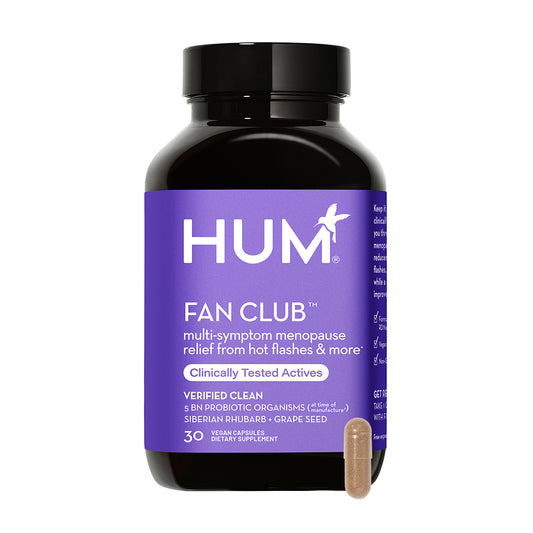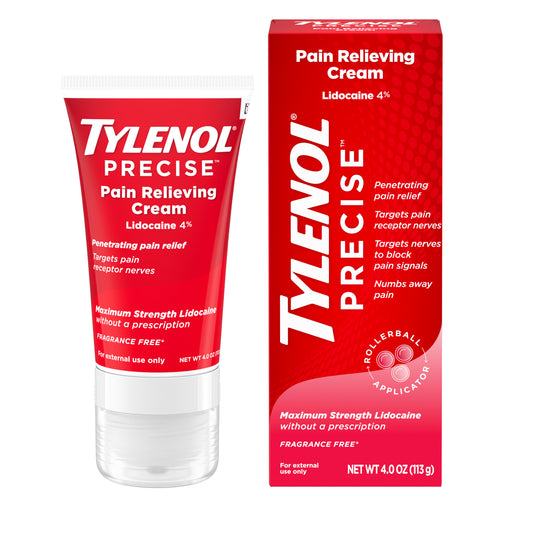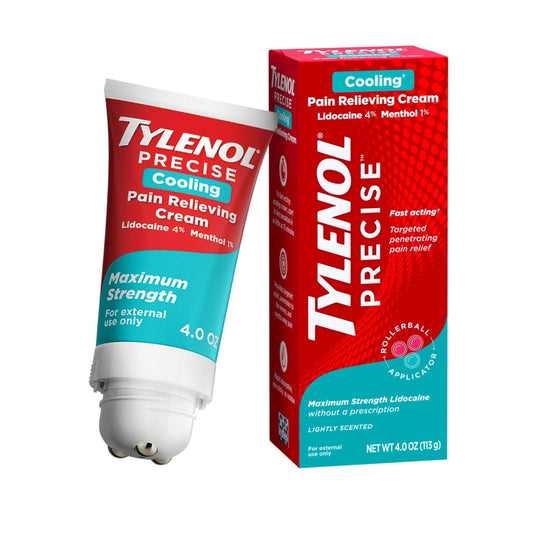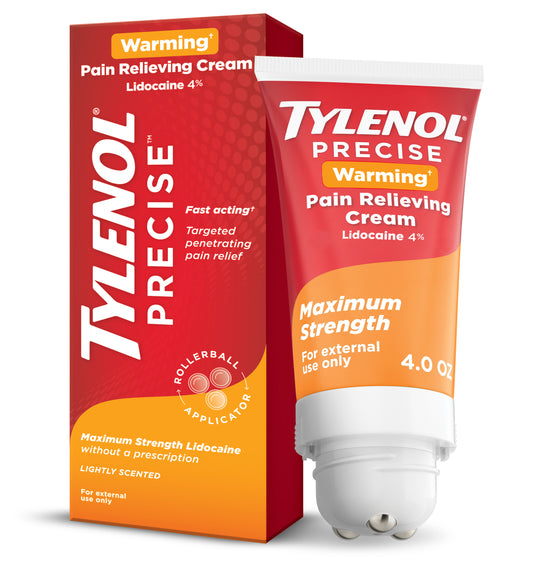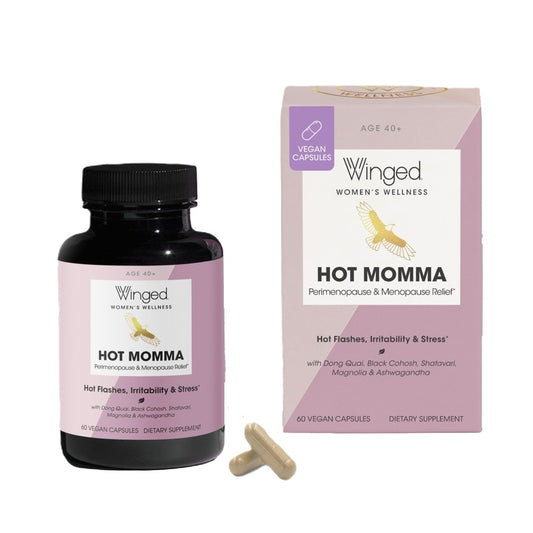Did you know that frozen shoulder and menopause could be connected? I certainly didn’t. In fact, it’s estimated that 70% of those in menopause will experience some sort of impact on their muscles, bones, and joints. Why is this? If you guessed partially because of the decline in estrogen, you’re correct.
If you're struggling with shoulder pain, stiffness, and/or reduced mobility, it’s possible that menopause is playing a role. The relationship is a bit complicated, but understanding frozen shoulder may help you find relief and improve your quality of life.
What is frozen shoulder?
Frozen shoulder, also known as adhesive capsulitis, is a condition that causes pain and stiffness in your shoulder joint. This makes it hard to move your arm. It often develops slowly, with symptoms getting worse over time before getting better.
The shoulder capsule is a connective tissue that surrounds the shoulder joint. It can become inflamed, thickened, and tighten, all of which limit movement. Over time, this leads to the characteristic "freezing" sensation, where the shoulder becomes less and less mobile.
Common symptoms of frozen shoulder include:
- Pain or dull ache in the shoulder, which may worsen at night.
- A gradual loss of range of motion — the inability to fully lift the arm or rotate the shoulder.
- Difficulty with everyday tasks like reaching, lifting, or even dressing.
Pain is often felt on the outside of the shoulder. It can get worse when you try to lift the arm or reach behind you. It might even affect sleep, as the pain often gets worse during the night. The stiffening of the joint can make everyday activities challenging like combing your hair, reaching for an item on a high shelf, or even driving.
It can often take anywhere from a few months to a couple of years to fully recover, depending on the severity.

The possible link between frozen shoulder and the menopause transition
While frozen shoulder can happen to anyone, many people notice a shift in the severity or onset of symptoms around the time of menopause. For some, it may feel like a sudden, mysterious shoulder pain that slowly gets worse. For others, it could be more gradual.
Doctors don’t yet know why going through perimenopause and menopause puts you at risk of frozen shoulder. But several factors seem to contribute to the rise in frozen shoulder diagnoses during this time.
- Hormonal changes. After menopause or in the late stages of the menopause transition, the body’s production of estrogen begins to significantly drop. Estrogen is a hormone that plays a role in maintaining the health of connective tissues, including ligaments, tendons, and joints. It does so by stimulating the production of collagen, a protein that’s important for maintaining the health of connective tissue. As estrogen levels decline, the body may not be able to maintain flexible, healthy tissue. It’s possible that this could lead to conditions like frozen shoulder, which is more common in females 40-60.
- Inflammation. Menopause may also be linked to increased levels of inflammation in the body. As estrogen levels decline, inflammation in your body can increase. Chronic low-grade inflammation can cause swelling inside the shoulder joint capsule. This adds compression to the surrounding tissue and cartilage. This swelling and compression may eventually increase your risk of developing frozen shoulder.
If you have trouble moving your shoulder or it hurts all the time and doesn’t go away, talk to your doctor. They can rule out other conditions (like rotator cuff injuries or arthritis) and confirm whether frozen shoulder may be the culprit.

How to manage frozen shoulder during menopause
Frozen shoulder typically progresses in 3 stages:
- Freezing stage. Shoulder pain and stiffness gradually increase.
- Frozen stage. The pain might go away, but the shoulder becomes much stiffer and harder to move.
- Thawing stage. Movement slowly returns as inflammation decreases and mobility improves.
Frozen shoulder can take a long time to heal, but you can do many things to help it feel better and speed up recovery. Here are a few ideas:
- Try physical therapy. Physical therapy is often the first line of treatment for frozen shoulder. A physical therapist can guide you through specific exercises that can help restore mobility and reduce stiffness. These exercises focus on gently stretching and strengthening the shoulder muscles, which can improve range of motion.
- Practice pain management. Always start by talking to your doctor about approaches to pain management. Acetaminophen and nonsteroidal anti-inflammatory drugs (NSAIDs) like ibuprofen can help manage menopause shoulder pain and reduce inflammation. Sometimes, doctors may suggest steroid injections to reduce swelling and pain.
- Use hot and/or cold compresses. Applying heat or cold to the affected area can help manage pain and stiffness. A warm compress can help relax tight muscles, while cold therapy can reduce inflammation.
- Engage in lifestyle changes. Maintaining a healthy weight, staying active, and managing stress can also support joint health. Regular, gentle exercise (like walking, swimming, or yoga) can help improve flexibility and circulation. This may help with symptoms of frozen shoulder.
- Look into surgical intervention. In severe cases, surgery may be considered when other treatment options don't work. This is typically a last resort. Most people with frozen shoulder improve with non-surgical options.
- Talk to your doctor about hormone therapy. While not FDA-approved for this use, hormone therapy may help improve joint mobility and reduce pain by enhancing collagen synthesis and reducing inflammation. It’s important to talk to your doctor to determine if hormone therapy is appropriate for you.

Frozen shoulder and perimenopause may feel like a double whammy, but with the right treatment and support, it's possible to manage and improve the condition. Remember, you’re not powerless. By understanding the connection and working closely with your healthcare team, you can reduce pain, regain mobility, and feel more confident.
FAQs
What’s the connection between menopause and shoulder pain?
Frozen shoulder, and the resulting shoulder pain, are often associated with the timing of the menopause transition. During menopause, lower estrogen levels can cause inflammation and stiffness in the joints. This can increase the risk of developing frozen shoulder. People in their 40s and 50s are more commonly affected by this condition.
What can I do to treat frozen shoulder during perimenopause?
Treatment for frozen shoulder may include physical therapy, stretching, and pain relief with over-the-counter medicine. Applying heat or ice packs can help reduce pain and stiffness. In severe cases, corticosteroid injections or surgery may be needed to restore mobility.
How long does frozen shoulder take to go away?
Frozen shoulder can take a few months to a few years to fully heal. It usually goes through 3 stages: freezing, frozen, and thawing. Most cases improve with physical therapy, pain management, and sometimes medical intervention.


